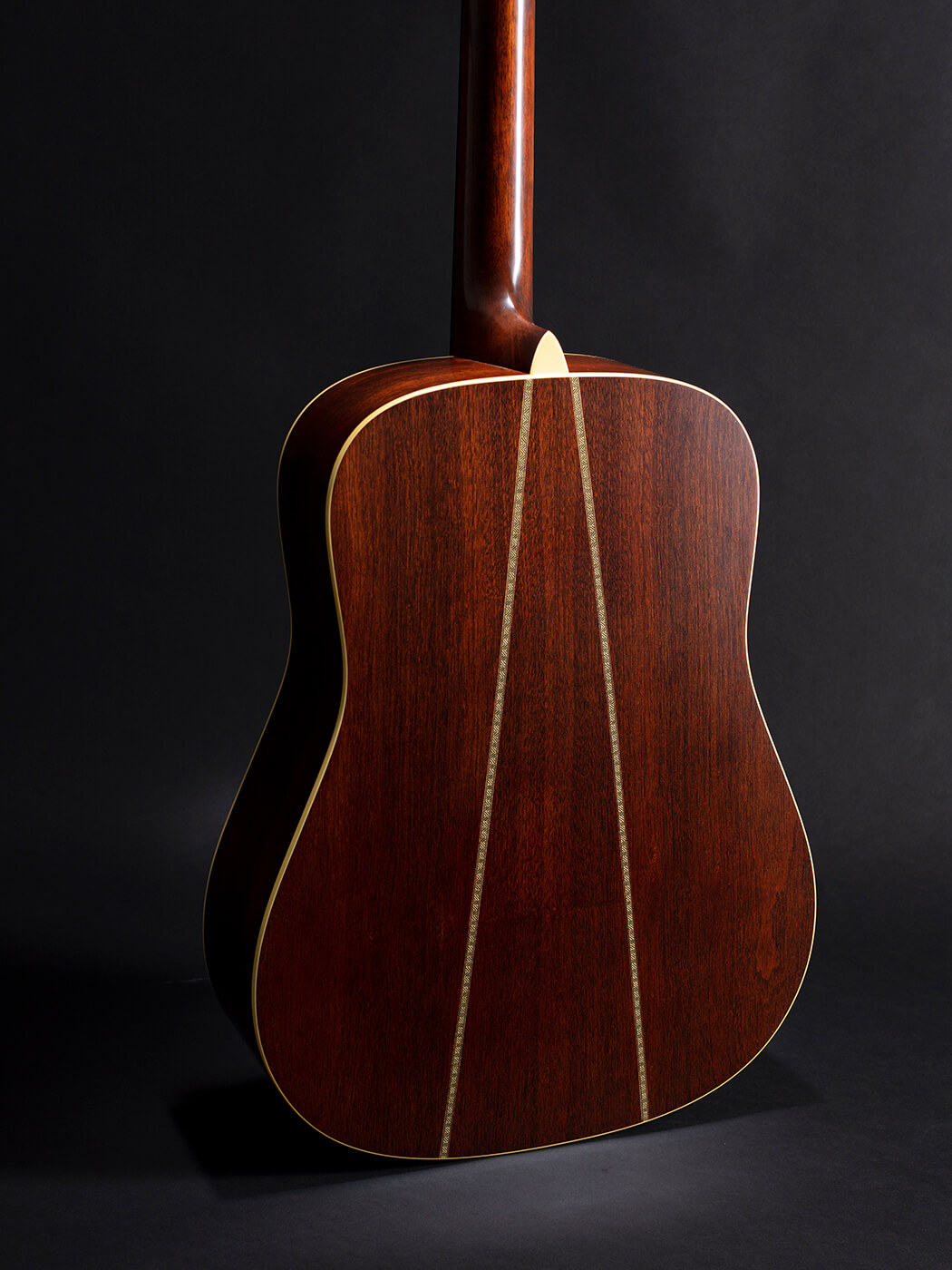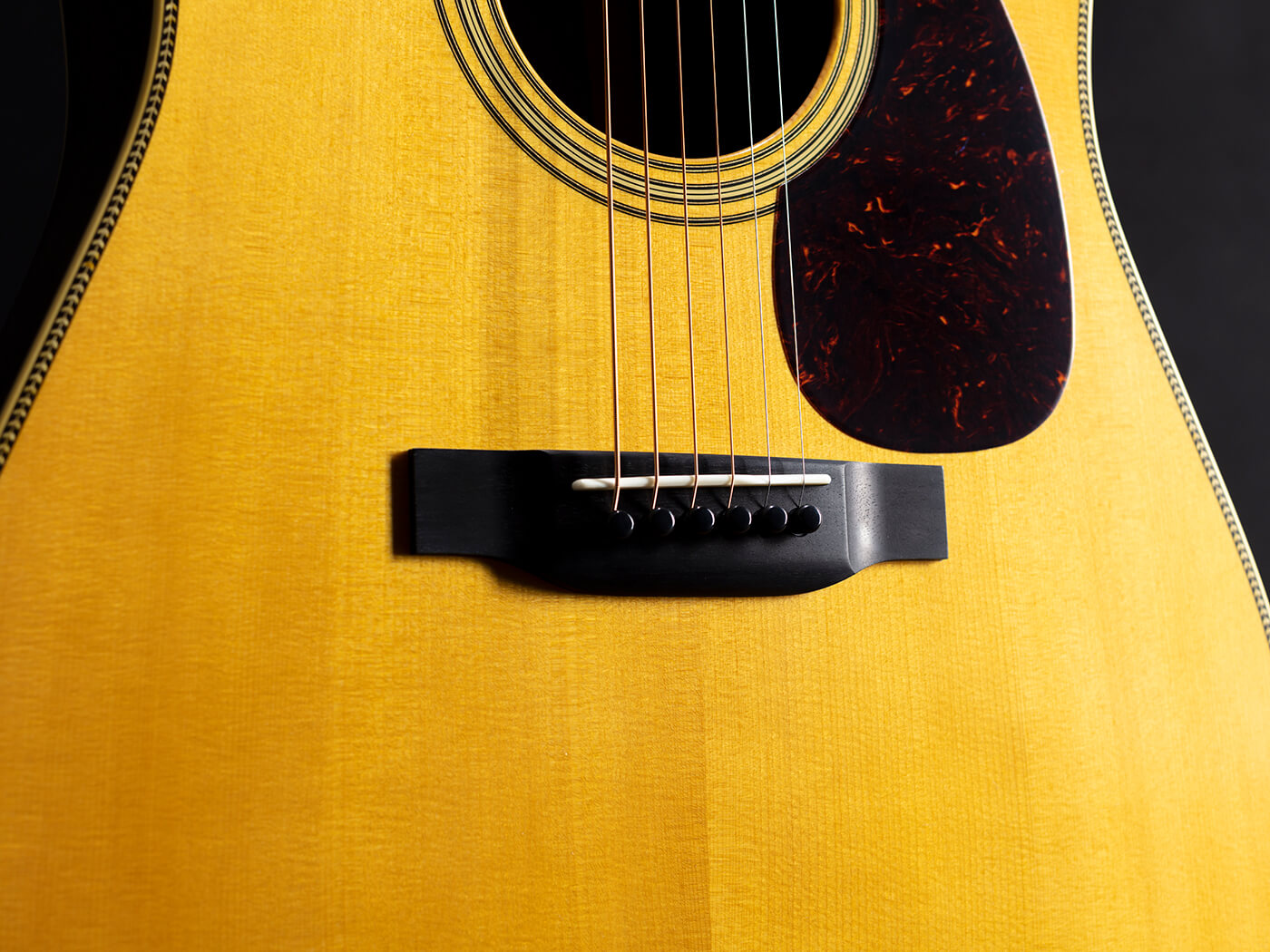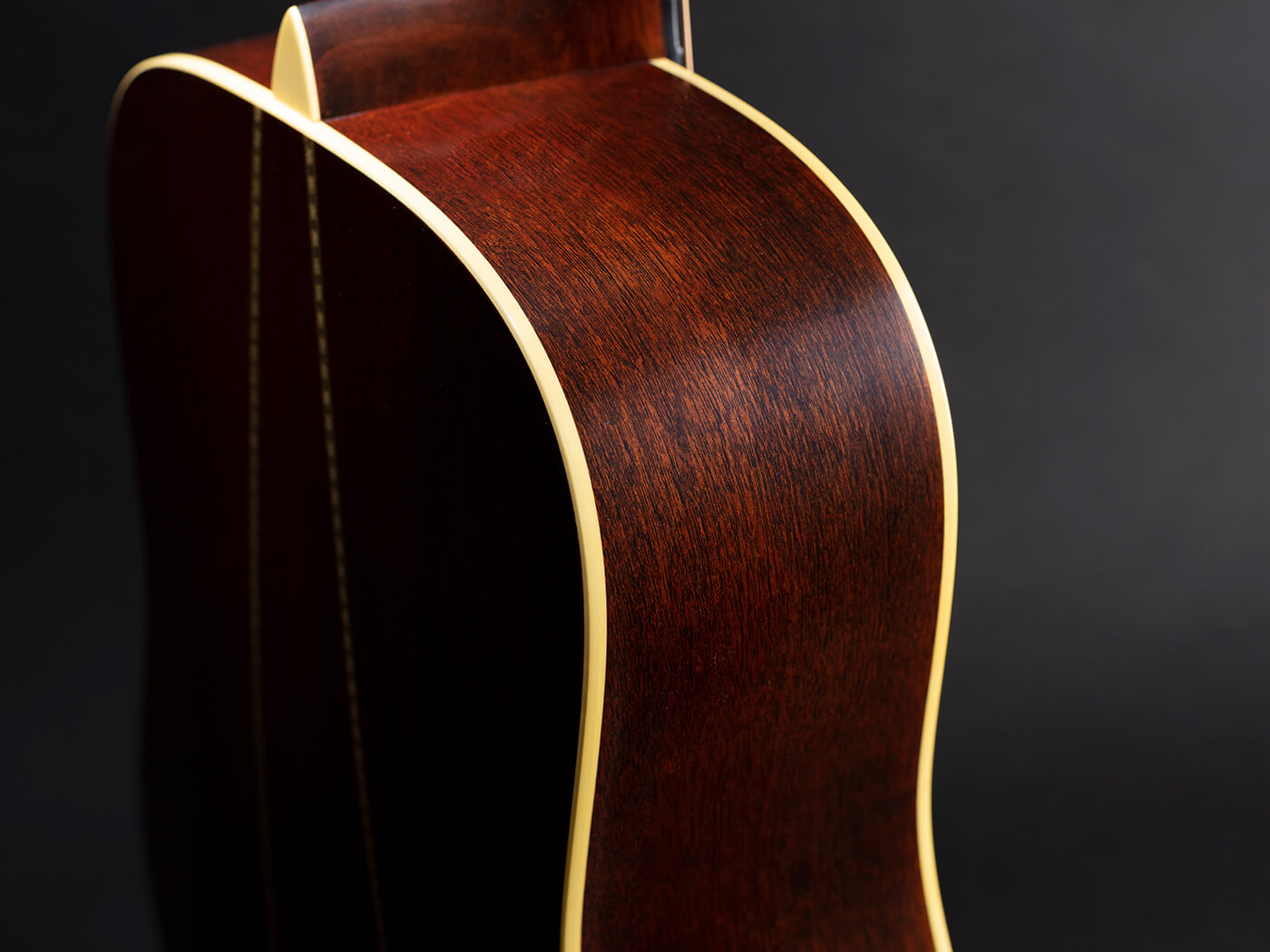Related Tags
The inside story of David Gilmour’s Martin D-35 signature models
How Martin’s Fred Greene made the Pink Floyd legend’s dream guitars a reality.
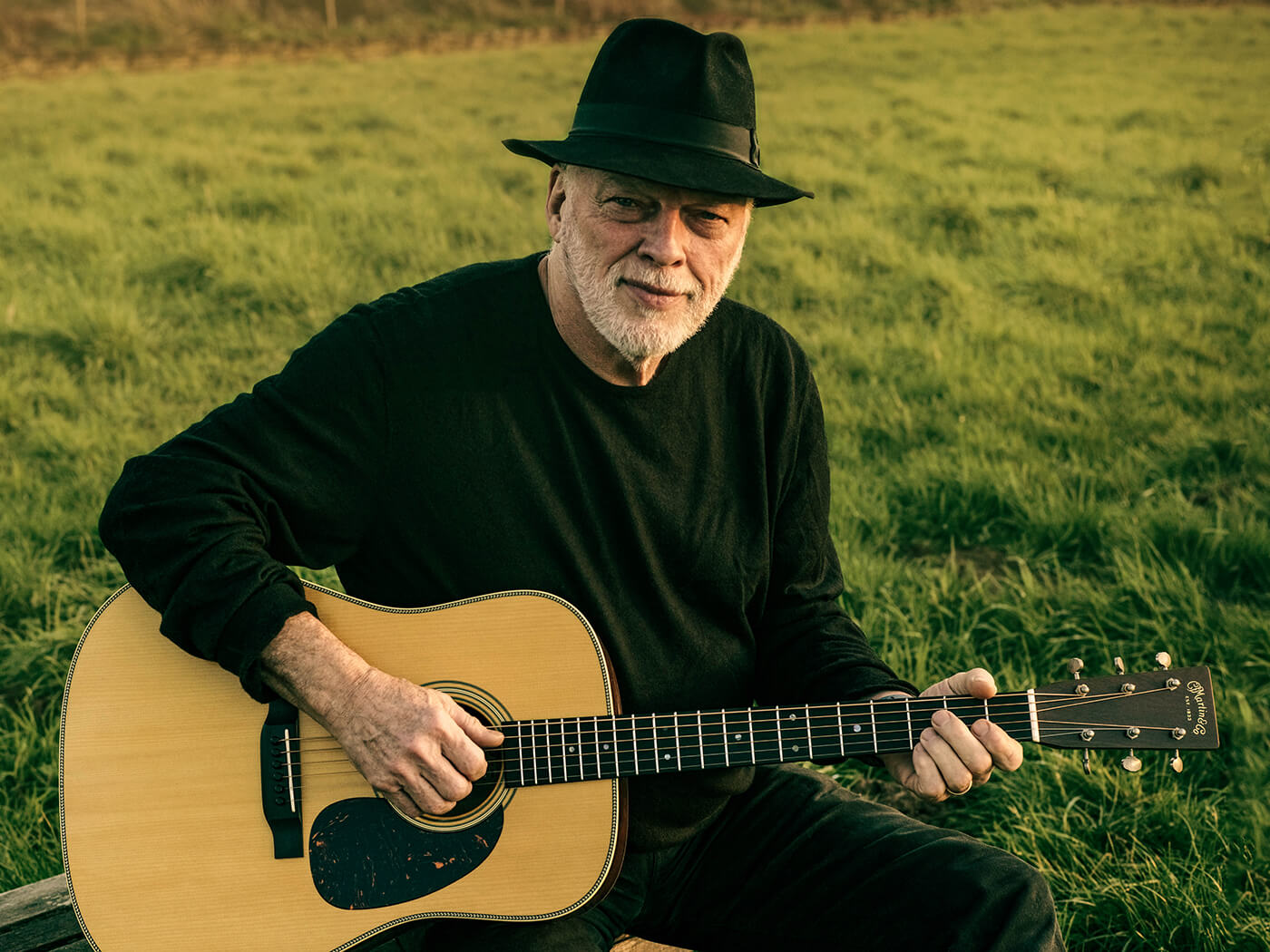
Image: Polly Samson
CF Martin & Company’s long history of symbiotic artist relations has led to several iconic signature guitars, including collaborations with such legends as Eric Clapton, Stephen Stills and John Mayer.
Ahead of January’s virtual NAMM show, the Nazareth brand announced the addition of David Gilmour to the fold and the release of six- and 12-string David Gilmour Custom Signature D-35 models. We caught up with Martin’s vice president of product, Fred Greene, to find out more.
Bringing a new signature model into being is a demanding process, especially during a pandemic. How is Martin meeting the challenges of the current climate?
“Well it’s definitely a brave new world! That said, we recognise that this is the reality we’re in today and this is what we have to do and how we have to do it. There are a handful of iconic Martin artists who we have not had the opportunity to work with directly to create a signature model – David Gilmour was at the very top of that list. We didn’t have any expectations but Westside, our UK distributor, had been working this for a while and trying to find a way to make this happen.
- READ MORE: Guitar Legends: David Gilmour, master of sonic sorcery, effects and the skyscraping guitar solo
“I think after David sold many of his guitars at auction, and we saw his D-35 go for over a million dollars, that sort of got things going. We thought that maybe he’d be up for doing this, especially if there was charity component to it. It’s not like he needs more guitars! Honestly, it was actually a bit of a shock when he agreed.”

You’ve been involved with several signature models over the years, how did the creation of David Gilmour’s guitars differ from previous experiences?
“Signature models can be tricky. You can tell when a company has approached an artist with a finished guitar and just said, ‘Are you ok with this?’, and it hits the market as a full signature model. That is not what happens at Martin. I work closely with our artists and each signature model is a genuine partnership between us and people like Eric Clapton, John Mayer and now David Gilmour. It’s their name going on it and they reserve the right to say no at any point.
- READ MORE: 15 of the best signature guitars
“Our main goal is to try and engage the artist in a way that allows them to play a meaningful role in the creation of their instrument, and it was clear from the outset that David was determined to be very active in the process. Just like a Pink Floyd recording where he’s going to be very involved and specific about what he wants – not just handing it to a producer. We agreed to that challenge very happily because it’s how we’ve always worked with artists!
“Right from the beginning we knew we wanted to do a six- and a 12-string. Our first thought was that David would want an exact replica of his guitars. His D-35 is from 1969 and he bought it outside Manny’s Music in New York in 1971. The story goes that he was just going into the store and there was a guy outside trying to sell this guitar. David played it, loved it and bought it!
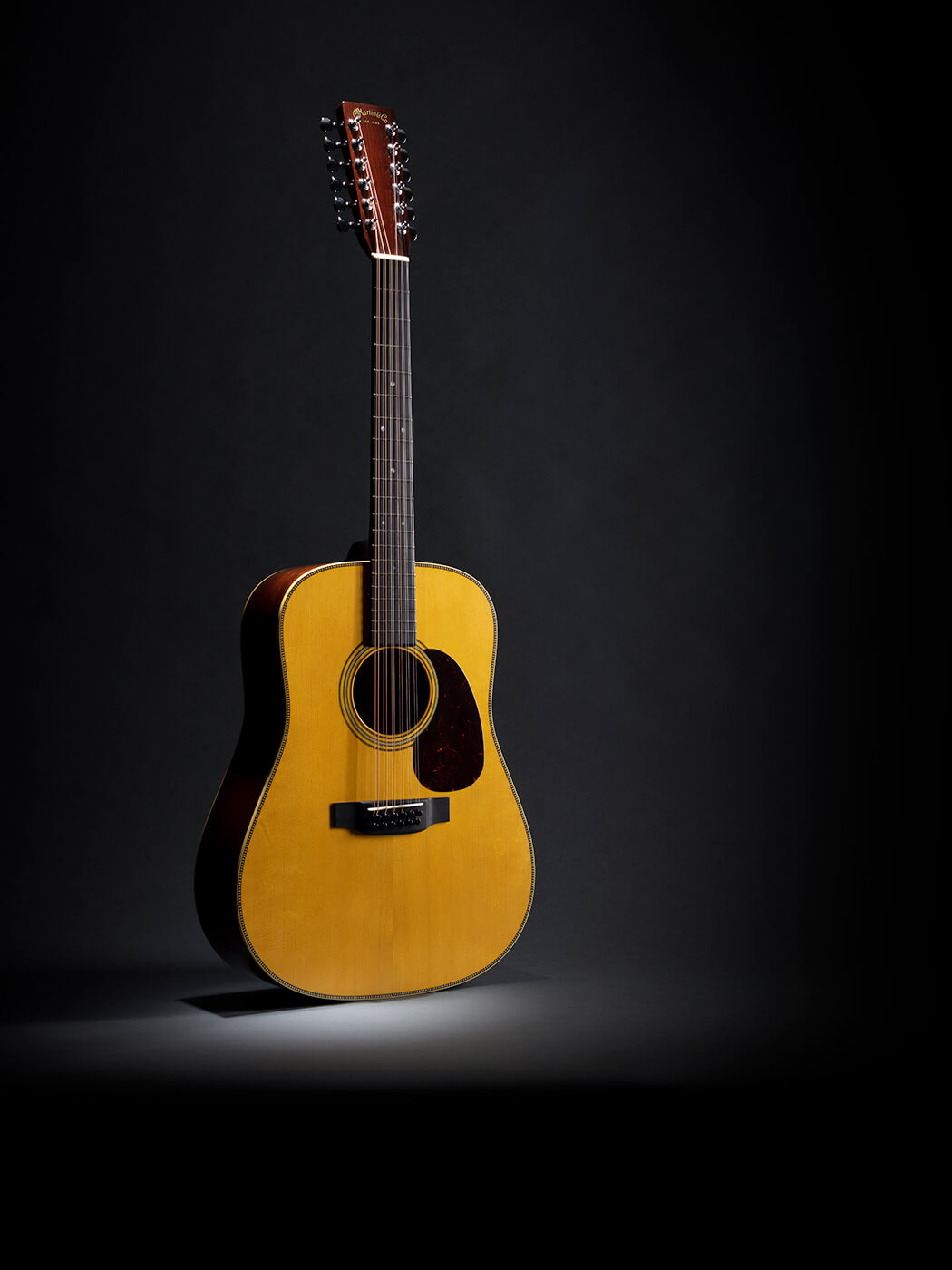
“To be honest, though, while a recreation still would have been cool, it didn’t excite me as much as the prospect of developing new models and I was very happy when David said he wanted to go in that direction. I think that says a lot about him as an artist too. He’s never sitting still, he’s always creating. I don’t think it’s in his nature to rehash things he’s already done and that’s how I looked at these instruments.
“Obviously you can’t rush this kind of thing, and we were working via intermediaries where David was sending a list of what did and didn’t work for him, which was then getting communicated back to us. So we were creating parts and indeed finished instruments, based on the feedback we were getting. When David liked something he would sign off on it officially but up until that point we were working from his notes on what we sent him.
“We always aim to be super respectful of artists of this stature, to give them what they want, to be as timely as we can. Essentially to try and help them understand that these projects demand time to get right and we are totally okay with that! It’s not like you send it back to us and then two days later we send you the next version – it doesn’t work like that – we have to make new tools, set up new measurements, it can take weeks to get something processed so the design stage alone was a year in the making. Obviously a global pandemic did not help make things any easier!”
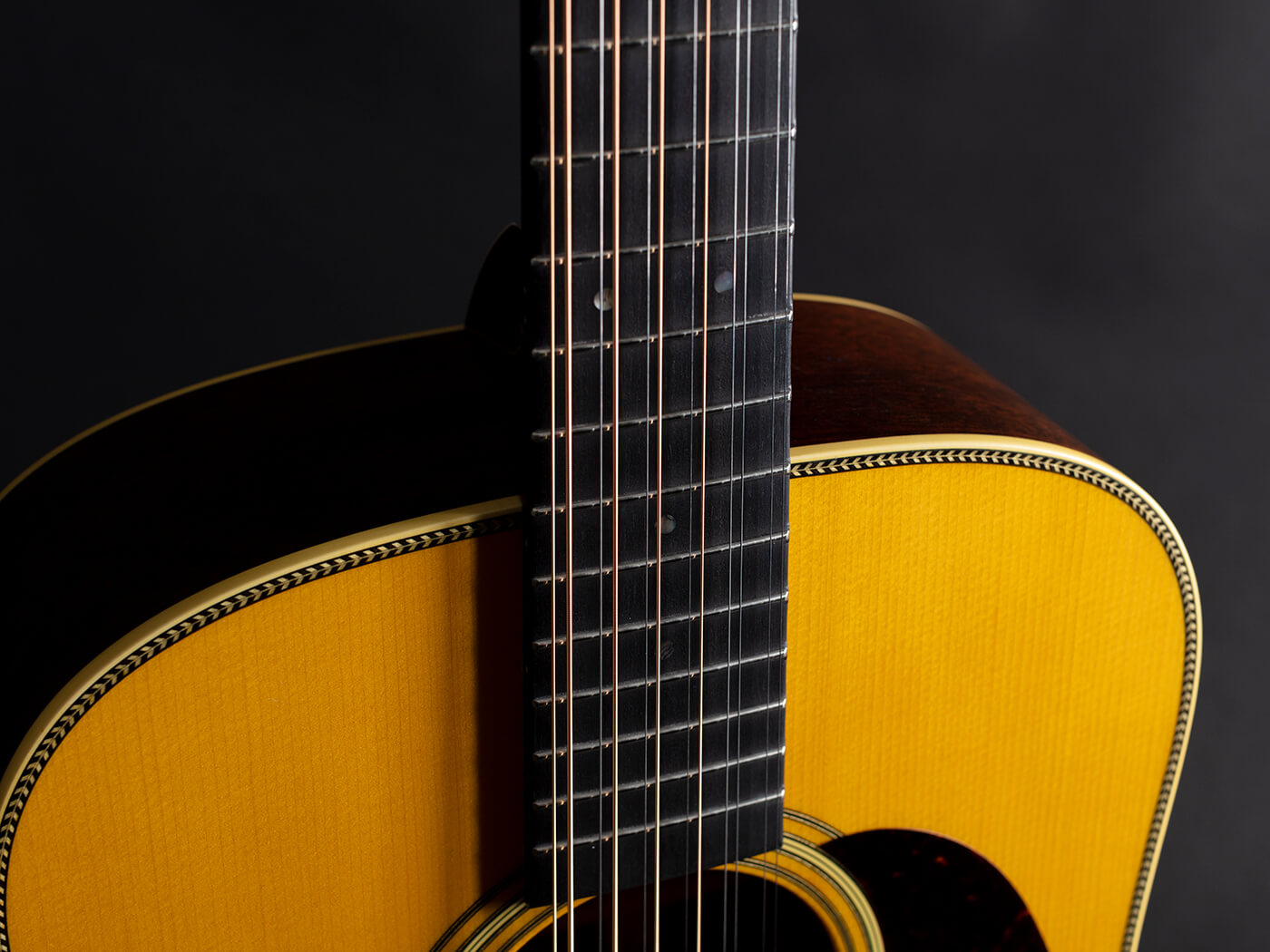
The D-35 is a classic spruce and rosewood dreadnought design with a distinctive three-piece back. David Gilmour’s signature models take a slightly different route with some forward-thinking features. What was the inspiration behind these choices?
“We have played around with the three-piece back motif of the 35 model quite a bit over the years, taking it away from the original rosewood. We’ve released guitars through the Custom Shop with centre wedges of different woods like Hawaiian koa, always looking to find a new little bit of magic somewhere, but in most cases it’s been aesthetic rather than tonal. This is the first time we have used something other than rosewood for the whole back and sides.
“David was very open to the use of the sinker mahogany [this is wood from logs that were salvaged from riverbeds having sunk decades if not centuries before, it’s particularly prized as it comes from old-growth forests and often the mineral content from the riverbed can give it a unique look and sound – Ed]. No new trees were cut down to make these guitars, they were created exclusively from old, salvaged materials.
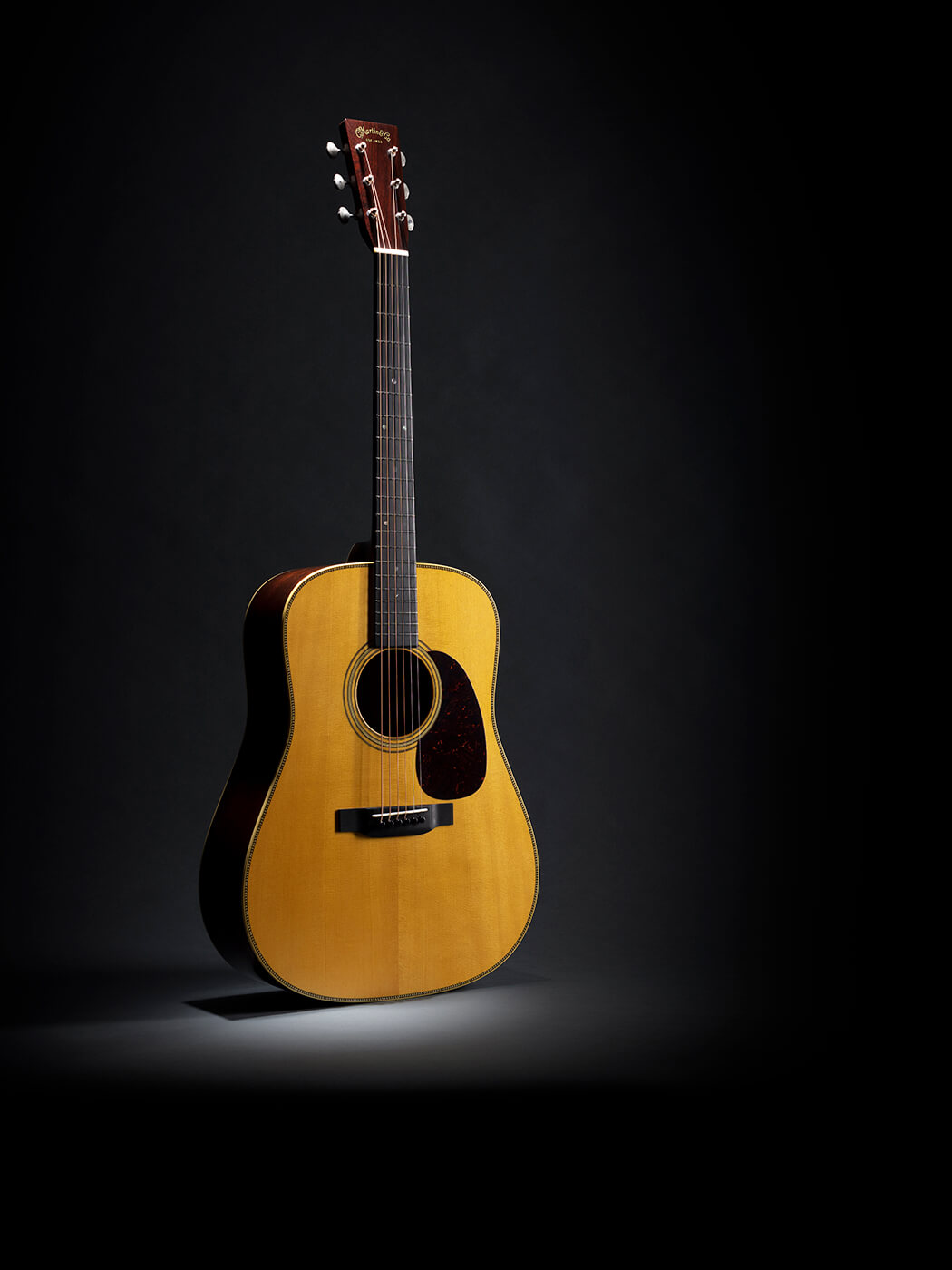
“We also included a carbon fibre bridge plate – the same design that’s in our Modern Deluxe range. That’s a very interesting component made from two pieces of carbon fibre with a slice of maple in the middle which boosts some of the high end frequencies and makes the guitar a little bit louder. David was really interested in that approach.
“For the six-string, David chose Adirondack spruce with Adirondack bracing but for the 12-string he went for Carpathian spruce with Sitka braces. That makes total sense when you think about it; European spruce can really accentuate the overtone content of a guitar and that’s what you want in a 12-string right?
“So much of the process was really just responding to David’s feedback with the benefit of expertise and experience. Really listening to what he wanted and acting on it, because we knew it would be worth it. There are no shortcuts in this game!”
What was the most demanding part of the process?
“I think the piece that we went back and forth most about was the neck. It’s a completely new neck profile, unlike any other we offer. To start with, we sent out a bunch of different necks so David could tell us what suited him. That was important because it established a shared frame of reference and it not only made communication easier but also gave David an idea of just how varied the options were. It can be really hard for someone to tell you what they want without an actual example. You need to have held that neck to understand.
“The Gilmour six-string has the classic 1 11/16” nut width and it’s a little more squared off than our standard D shape. It has the same depth as a full thickness neck, with some shoulder to it, which gives it a much more vintage feel. It’s like a V that’s been softened by decades of playing. It’s a beautiful neck, we’re very proud of it.”
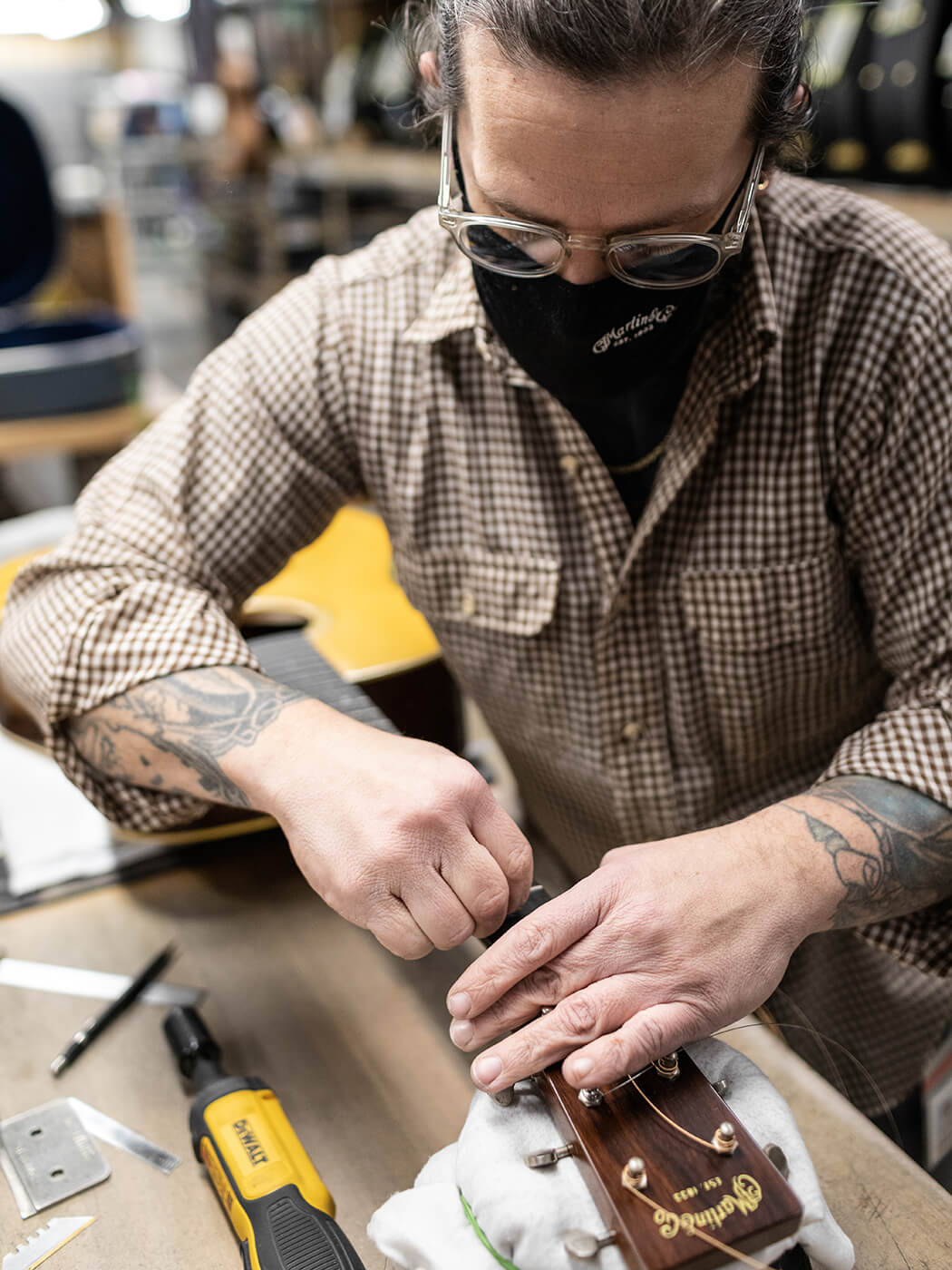
How do these guitars differ sonically from a classic D-35?
“Sometimes the low-end on a 35 model can be a little overpowering, especially if you’re trying to record. The guitar does have some intrinsic characteristics that push towards the bass. I was just upstairs playing the Gilmour signature guitar, it happened to be in the room while I was doing a livestream and I was playing it to calm my nerves.The attack is a little sharper and more detailed. We have learned that a mahogany 35 cuts through better, with more immediacy to the note too.
“These new Gilmour models are also much lighter and they’re very lively and responsive. There is more to that than just the haptic response of the guitar against the body though, the sound really is unique. Mahogany just works so well on bigger instruments — we have an original 1920s 12-fret dreadnought in the Martin museum which will change your belief about everything when you touch it!”
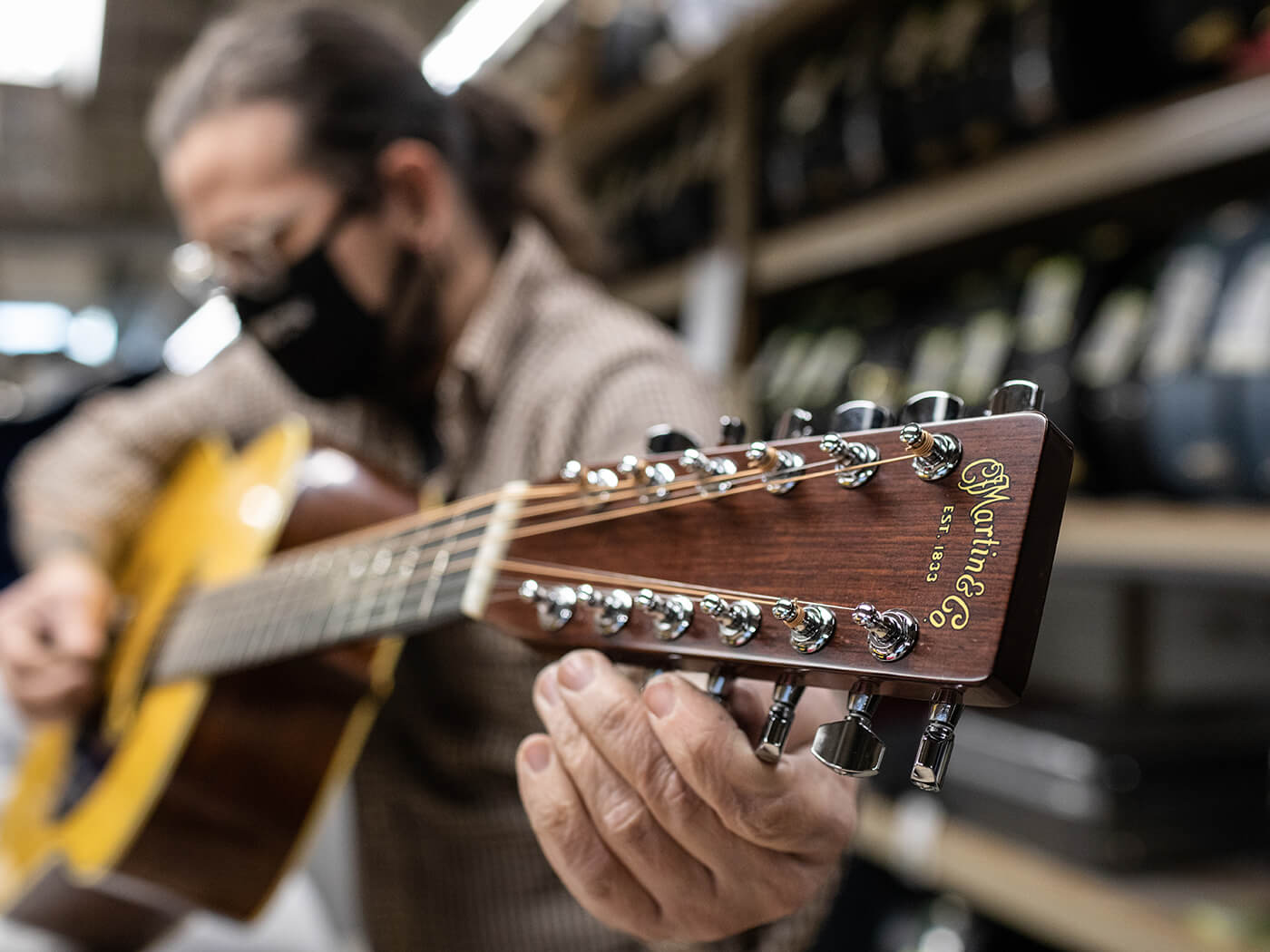
The aesthetic details on a signature guitar are a large part of its identity but in this case they’re very subtle.
“Understated elegance is definitely our calling card. Well, we have two gears, very understated or completely over the top and full of pearl, with not much in between! David resisted the temptation to go crazy with aesthetics. All the details are really subtle and beautiful like the volute and the stamp of the back of the peghead, like the old New York-style guitars. So very classic stuff, little details that people who love Martin guitars will appreciate.
“There’s herringbone on here too, making it technically an HD-35, but the nomenclature piece can become a struggle as we’ve done pretty much every version of everything over the years here at Martin. We’ve been at it since 1833 so you’ll just have to forgive us on that one! I mean, really it can’t be a 35 without binding on the fingerboard but hey… I know it’s not an 18 either… I don’t know what to tell you!”
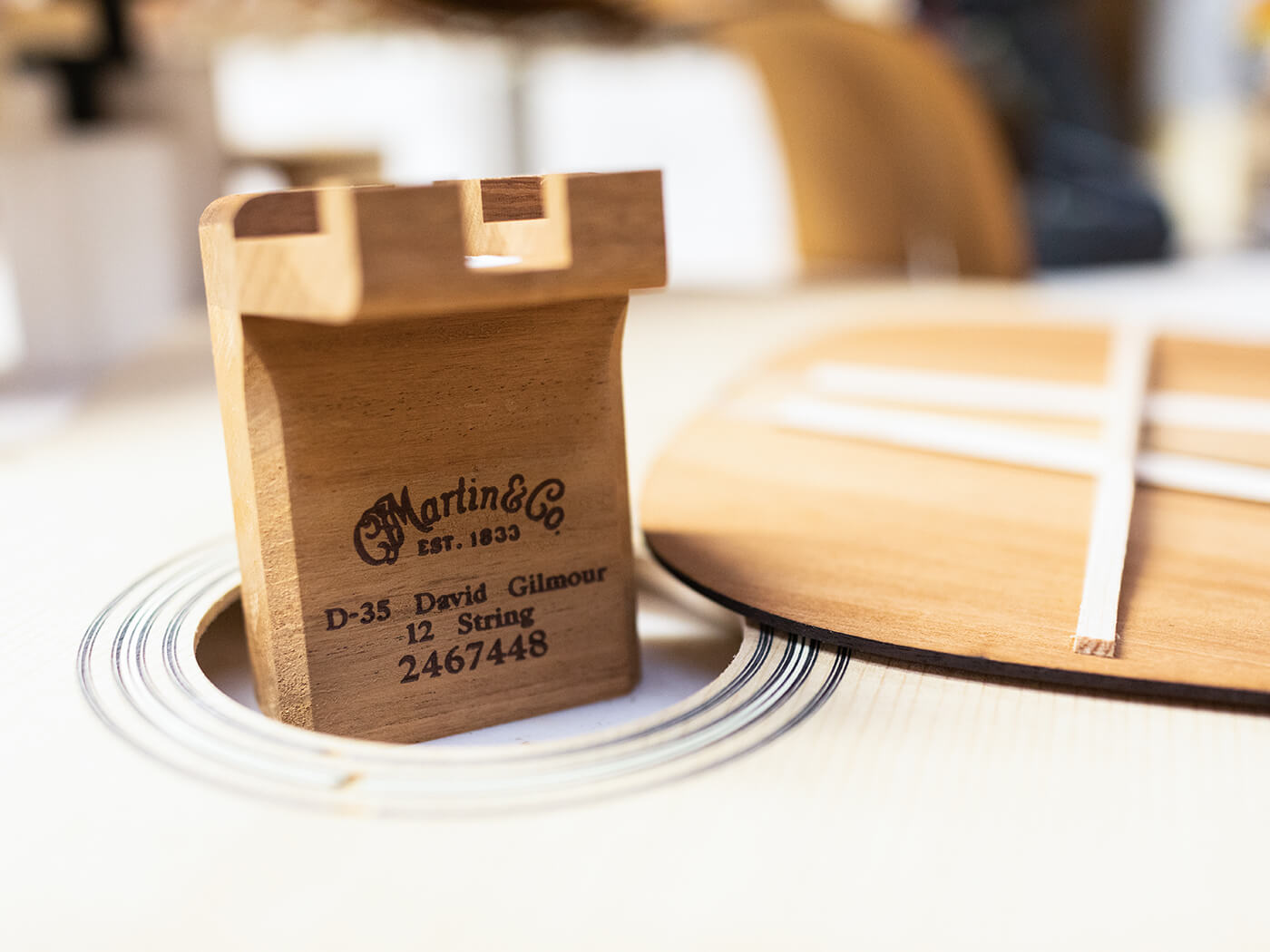
“David was very interested in making sure the guitars did not look too new. We played with the toner quite a bit to get the colour just right. There was a temptation to go down the relic route but we decided not to take it that far. Instead we used our vintage-style finish which is not super glossy, it has a soft brushed-on look like it’s gassed off over the years.
“Back in the 20s and 30s, before Martin was using buffing wheels to polish guitars they went through a completely different process which we re-introduced for our Authentic line. David really liked that look so we went for it and right now this is the only guitar outside of our Authentic line that gets this finish package. It looks really cool in person. When you see it you just want to touch it.”
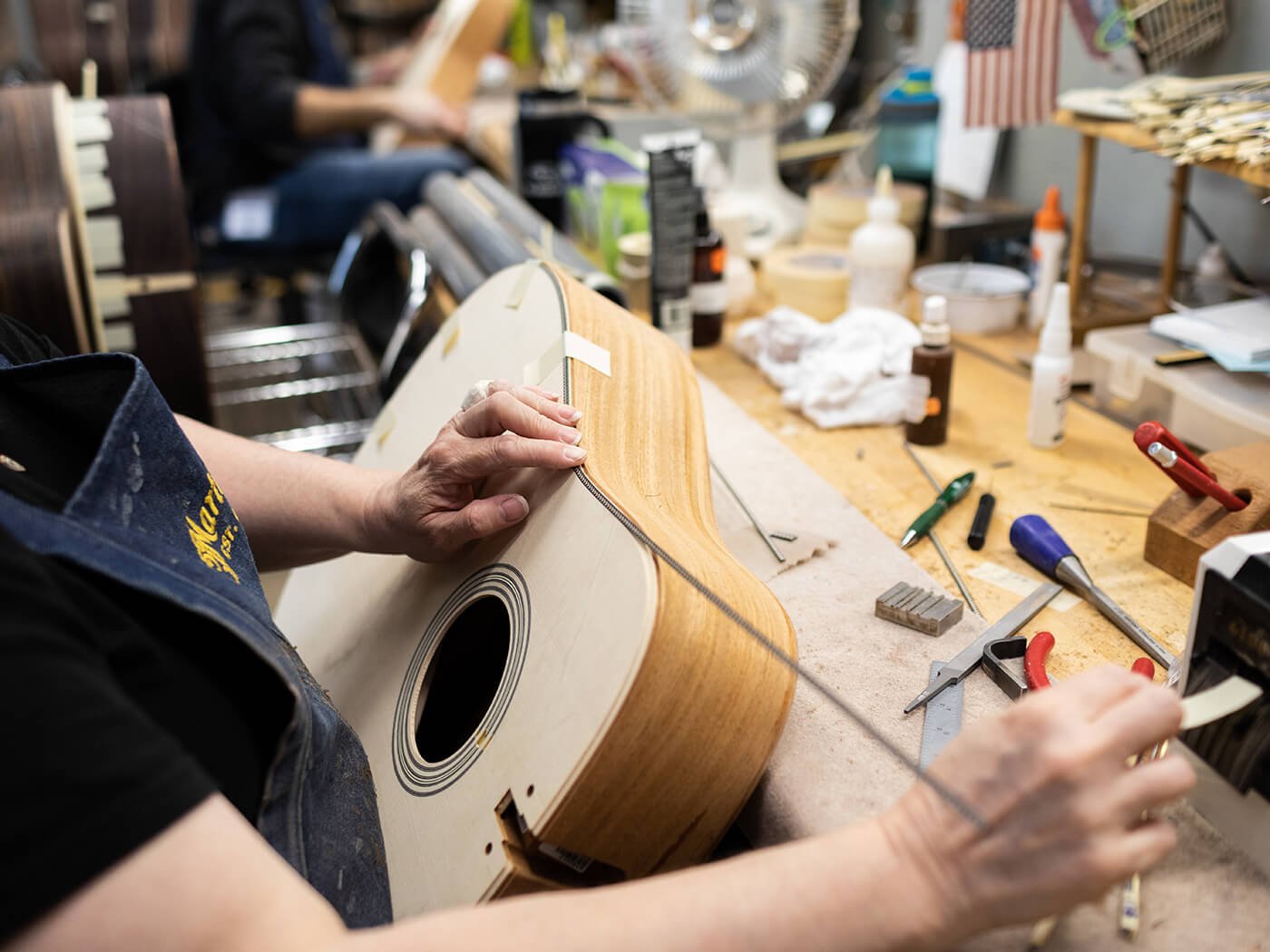
Did the sound of any Pink Floyd songs in particular influence these guitars?
“Ha! I know everybody will be expecting me to say Wish You Were Here and there is no question that the thought of that one song was like a guiding light showing us the way. For me, though, Shine On You Crazy Diamond is the ultimate Floyd Song.
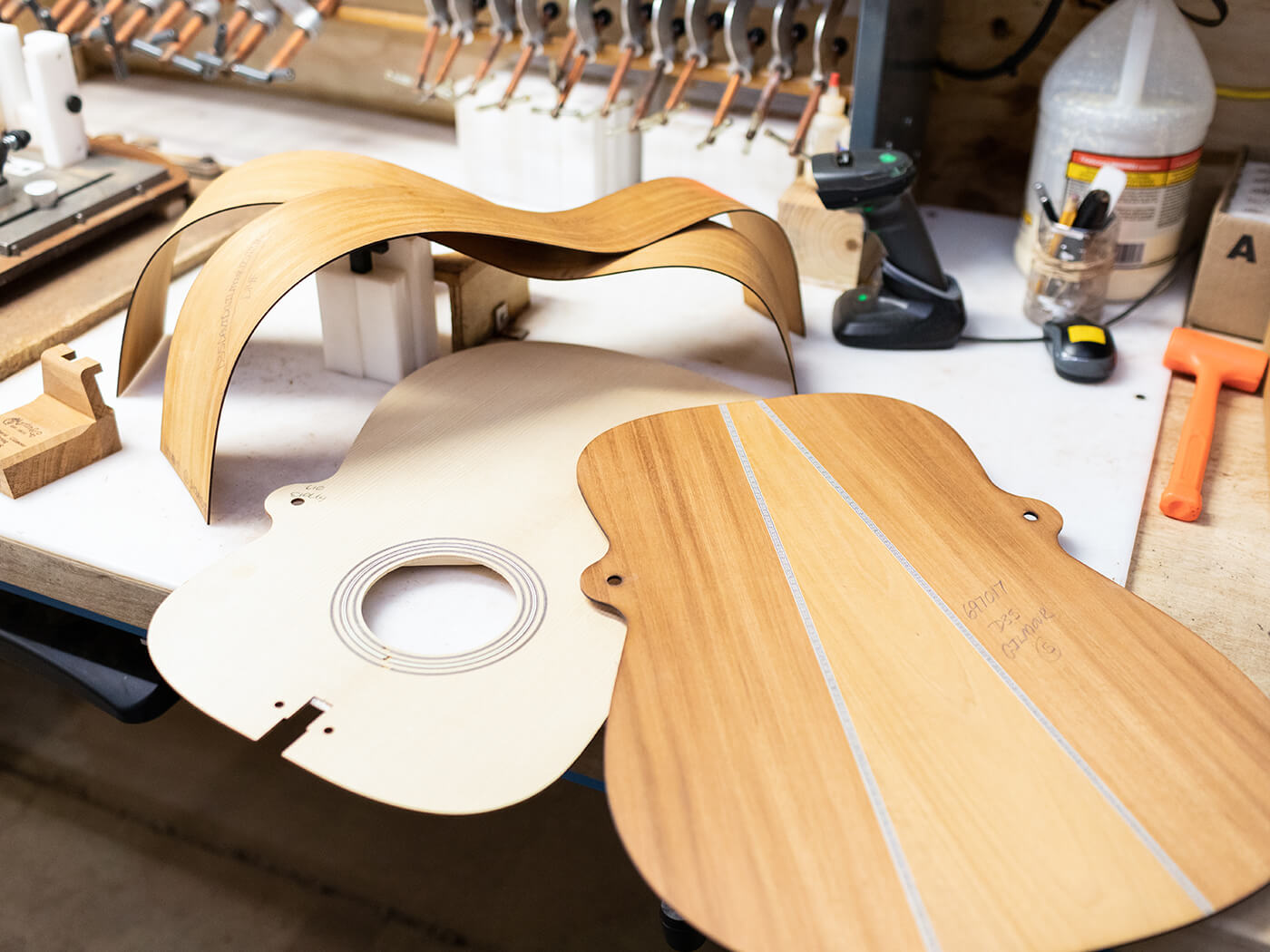
“It’s funny, David told me that his original D-35 probably appeared on more Pink Floyd records than any other instrument that he owned. It was a constant sound throughout his career. I remember hearing him being interviewed on the BBC for Desert Island Discs, where he said that if he could take any one thing to an island with him it would be his Martin D-35. He also said he saw a guitar not as a luxury but as a necessity. When I heard that it gave me a huge sense of responsibility when it came to these models.”
Visit martinguitar.com for more.

